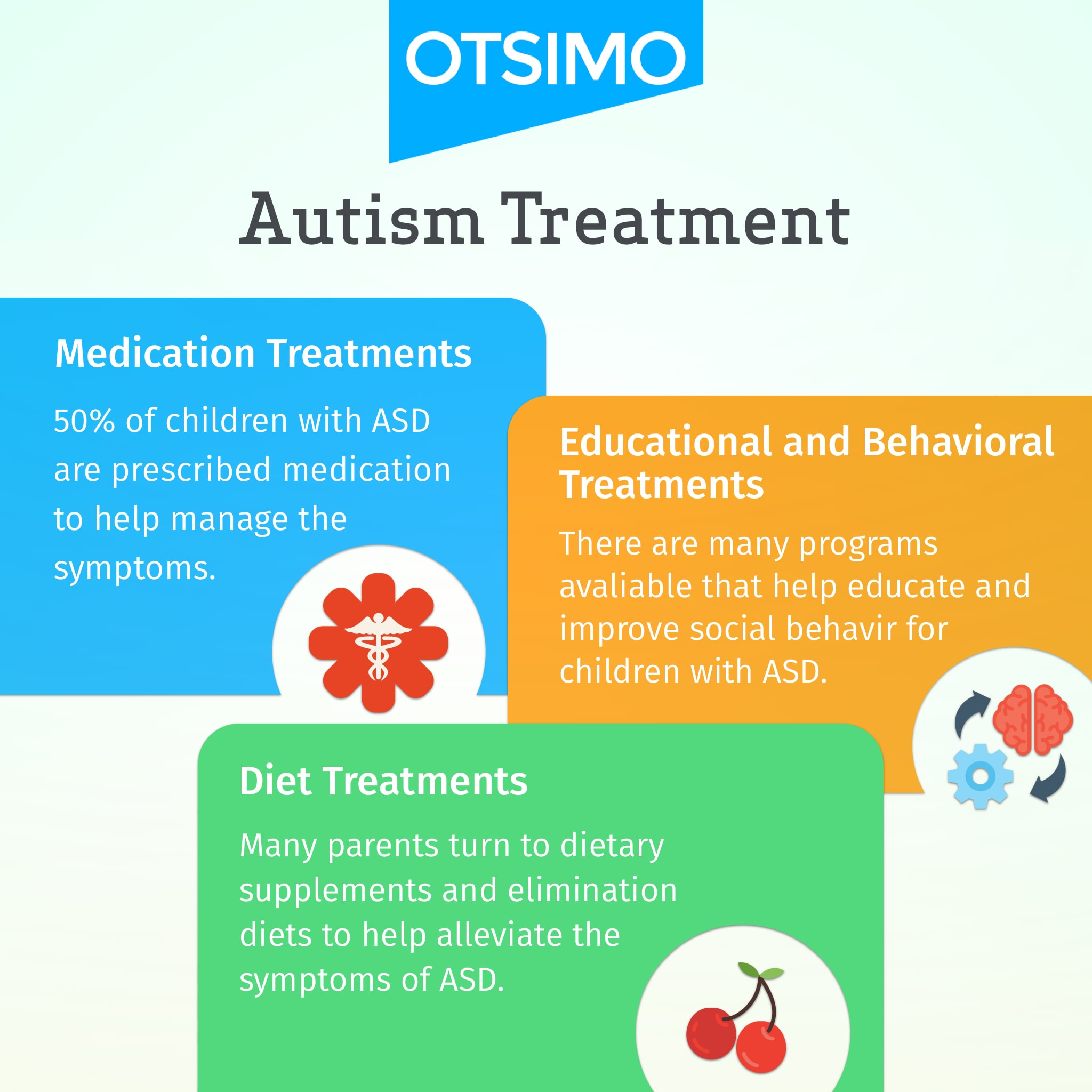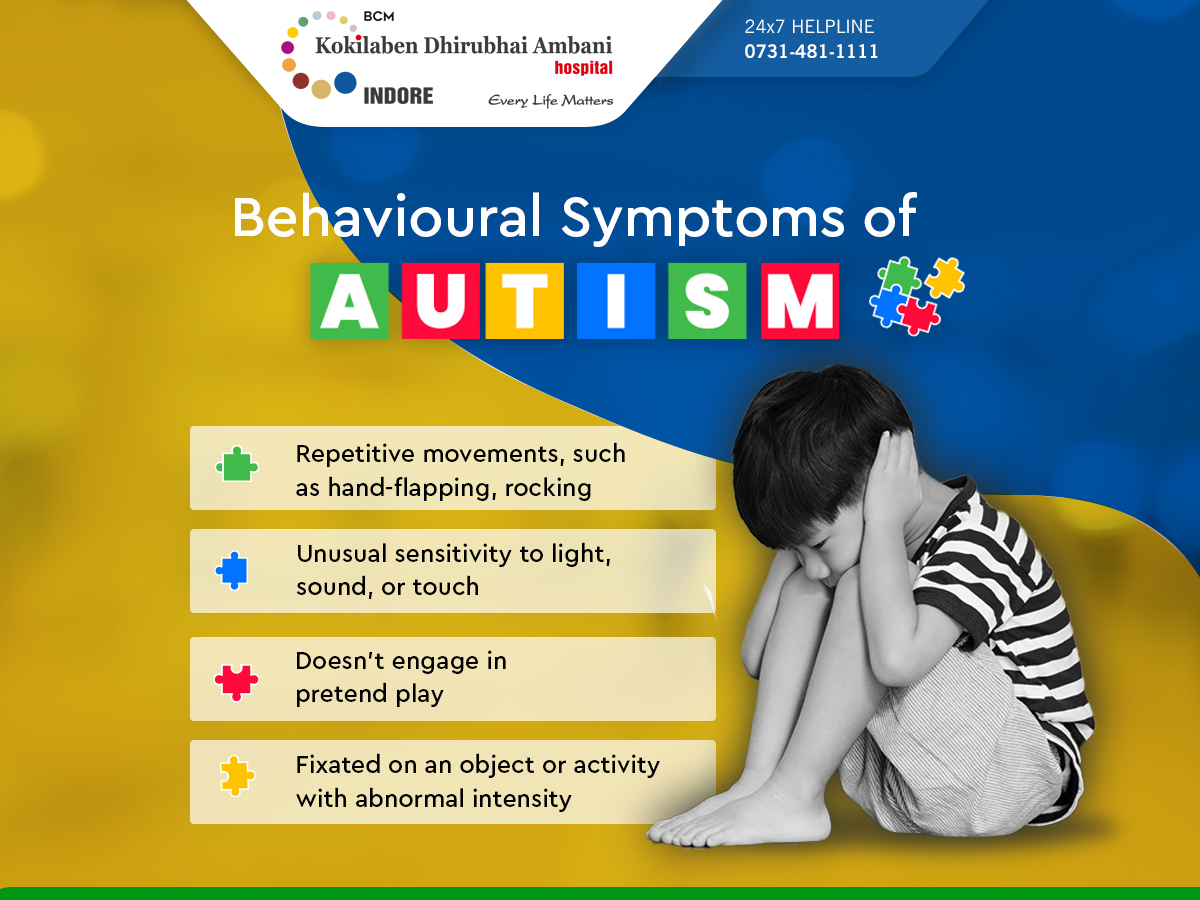Recognizing the Impact of Behavioral Autism on Daily Life and Social Communications
You could not realize just how deeply behavioral autism influences life and social interactions. Individuals on the range frequently navigate a world loaded with communication obstacles and sensory overload. These challenges can lead to disappointment and isolation, affecting their connections and general wellness. Understanding these nuances is crucial for promoting encouraging environments. What methods can we carry out to create even more comprehensive areas and purposeful links? The responses may stun you.
Specifying Behavioral Autism and Its Features
Behavioral autism, often described as autism spectrum condition (ASD), encompasses a variety of problems identified by difficulties in social interaction, interaction, and repetitive actions. You could discover that individuals with ASD frequently battle to translate social signs, which can cause misconceptions in conversations. They might find it tough to develop eye get in touch with or take part in little talk, making social situations really feel overwhelming.
Interaction troubles can show up in various means, from delayed speech development to a preference for using less words. By recognizing these traits, you can foster a setting that promotes approval and urges effective communication, assisting individuals with autism thrive in their daily interactions.
The Spectrum of Autism: Recognizing Variability in Behavior
Autism spectrum problem (ASD) isn't a one-size-fits-all diagnosis; it differs extensively among individuals. You may observe that some individuals with ASD exhibit light signs and symptoms, while others might deal with much more significant difficulties. This irregularity can materialize in behaviors, rate of interests, and sensory level of sensitivities. You may experience people who are very verbal and engage easily in discussions, while others might choose singular activities or communicate non-verbally.
In addition, the method individuals with ASD react to sensory input can vary significantly; some may be overwhelmed by intense lights or loud sounds, whereas others flourish in boosting settings. The spectrum likewise includes differences in social interactions; some individuals might struggle to interpret social signs, while others browse social setups with family member simplicity. Understanding this variability is important, as it helps you appreciate everyone's special experience and tailor support to their certain demands, fostering a much more inclusive setting for everybody.
Interaction Difficulties Faced by People With Autism
When you engage with individuals on the autism spectrum, you may observe their special interaction obstacles. They typically face problems with both nonverbal and spoken cues, which can impact their social communications. Understanding these obstacles is important for cultivating better connections and assistance.

Verbal Communication Problems
Numerous individuals on the autism spectrum experience spoken interaction troubles that can substantially influence their day-to-day communications. You could discover it challenging to express your ideas, sensations, or needs plainly. This can bring about disappointment for both you and those around you, as misunderstandings occur. You might deal with starting discussions, preserving a subject, or understanding subtleties in speech. Often, you could favor making use of easy language or repetitive phrases, which can restrict your capability to participate in deeper discussions. Your tone, quantity, or rate may not align with social expectations, triggering others to misunderstand your purposes. Acknowledging these challenges can assist you and your assistance network establish methods to enhance interaction and promote much better connections with others in your daily life.
Nonverbal Communication Obstacles
Verbal communication isn't the only obstacle individuals on the autism range face; nonverbal interaction obstacles can be equally as considerable. You might locate it hard to analyze body language, face expressions, and eye call, which are important for reliable interaction. These obstacles can cause misunderstandings or misinterpretations of social hints, making interactions really feel overwhelming or complicated. You might have a hard time to share your own feelings through nonverbal methods, leaving others uncertain of your purposes or feelings. This detach can develop feelings of isolation and disappointment. Recognizing these obstacles is crucial for promoting understanding and compassion in your interactions. By addressing nonverbal communication, you can locate techniques to enhance your social experiences and boost your overall lifestyle.
Social Communication Impacts
Social interactions can usually feel frustrating due to the distinct communication difficulties encountered by people with autism. You could battle with analyzing social signs, making it difficult to comprehend sarcasm or body language. This can cause misconceptions or unpleasant minutes in discussions. Furthermore, starting and preserving discussions may feel tough, creating anxiousness in social circumstances. You may choose structured environments, making spontaneous interactions uncomfortable. It's additionally typical to experience difficulty in participating in tiny talk, which can impede developing new relationships. Identifying these obstacles can assist you discover techniques to improve interaction, such as exercising social abilities in risk-free settings or using aesthetic help - Autism Therapist. Recognizing your demands enables you to browse social communications with higher confidence and simplicity.
Social Communication and Connection Structure in Autism
While building connections can be challenging for people with autism, understanding their special perspectives and communication designs can foster significant links. You might see that numerous people on the spectrum like direct communication and might fight with social hints or tiny talk. By being straightforward in your communications, you can assist create an atmosphere where they really feel comfy.
Involving in shared passions can additionally offer as a bridge to deeper connections. Whether it's a hobby, a preferred program, or a mutual passion, these typical threads can open up doors to relationship.
Daily Life Regimen: Browsing Obstacles and Methods
Maneuvering daily life regimens can be especially challenging for individuals with autism, particularly when unexpected changes occur. To browse these obstacles, think about applying visual timetables or checklists.
Developing a routine that includes sensory breaks can additionally be beneficial. This assists create an understanding atmosphere.
Lastly, method mindfulness strategies to manage tension and anxiety. Basic breathing workouts or grounding strategies can make a significant distinction. By including these techniques, you can boost your everyday regimen and decrease interruptions, making life feel extra manageable.
Toughness and Capacities of Individuals on the Autism Range
Recognizing day-to-day live routines is simply one facet of the autism experience. Numerous people on the autism range have remarkable toughness and abilities that set them apart. You may discover that your focus to information is exceptional, allowing you to stand out in jobs that call for accuracy and focus. Your ability to think outside package can bring about innovative solutions in different circumstances.
Moreover, your memory skills typically radiate, particularly in locations of passion. Aba Therapist. This flair for maintaining info can make you a useful source in fields like innovation, art, or science. You may additionally exhibit solid aesthetic reasoning, allowing you to picture intricate ideas and fix troubles artistically
Furthermore, your distinct viewpoint on the world can This Site foster compassion and understanding in others, enhancing social interactions. Embracing these toughness not just increases your self-confidence however likewise helps others value the diverse abilities you give the table.
Creating Comprehensive Settings for Individuals With Autism
Developing comprehensive environments for people with autism begins with creating sensory-friendly areas that deal with their distinct demands. You can likewise cultivate chances for social interaction, assisting to build relationships find out here and connections. By making these modifications, you'll add to a much more inviting environment for everyone.
Designing Sensory-Friendly Spaces
While designing sensory-friendly areas, it's vital to mirror on the unique requirements of individuals with autism. Beginning by choosing soothing shades and soft lighting to produce a relaxing setting. When overwhelmed, incorporate peaceful areas where people can reenergize and retreat. You'll wish to decrease loud noises and disturbances, using soundproof materials or white noise makers to aid maintain tranquility. Think about responsive components like soft textiles or fidget-friendly items that can supply convenience. Determine that areas are versatile, permitting easy rearrangement to accommodate different tasks. Lastly, include aesthetic timetables or clear signs to aid people browse the room confidently. By attentively incorporating these aspects, you can produce an inviting environment that sustains sensory requirements and promotes overall well-being.
Advertising Social Communication Opportunities
Designing sensory-friendly spaces not just addresses private comfort yet additionally establishes the stage for significant social interactions amongst individuals with autism. To promote these communications, produce inclusive settings that welcome participation. Arrange organized activities, like art courses or group games, that urge partnership without overwhelming sensory input. Usage visual help and clear communication to help every person engage pleasantly. Motivate peer mentoring, matching people with autism with helpful peers that can direct them through social scenarios. Furthermore, consider holding regular area events that celebrate neurodiversity, cultivating acceptance and understanding amongst all participants. By carrying out these techniques, you can enhance social chances, helping individuals with autism develop friendships and enhance their social abilities in a visit the site secure, inviting setting.

Frequently Asked Questions
Exactly How Can Buddies Assistance Somebody With Behavioral Autism?
You can sustain a friend with behavior autism by being individual, paying attention proactively, and valuing their borders. Take part in tasks they enjoy, communicate honestly, and develop a comfy setting where they really feel valued and comprehended.
What Resources Are Offered for Moms And Dads of Children With Autism?
You can check out various sources for moms and dads of kids with autism, including support system, educational internet sites, and neighborhood neighborhood services. Attaching with other parents can additionally give useful insights and shared experiences to help browse obstacles.
Can Behavioral Autism Change With Time?
:max_bytes(150000):strip_icc()/VWH-LauraPorter-SpectrumOfAutismTraits-4000x2700-0b5d3311e5794f6ca7e72bdc4672eae5.png)
Yes, behavioral autism can transform gradually. You could notice changes in interaction, social skills, and behavior as your kid expands. Early intervention and support frequently play essential roles in these developing adjustments.
How Do Sensory Level Of Sensitivities Affect Every Day Life?
Sensory level of sensitivities can make everyday experiences overwhelming. You may have problem with loud noises or brilliant lights, resulting in stress and anxiety or avoidance. Discovering settings that suit your needs can significantly boost your convenience and overall life.
What Are Typical Misconceptions Concerning Behavioral Autism?
You could believe behavior autism just influences interaction abilities, yet it's even more facility. Several assume individuals lack empathy or intelligence, which isn't true. Recognizing these misconceptions helps foster acceptance and support for those on the spectrum.
Behavioral autism, typically referred to as autism spectrum condition (ASD), includes a variety of conditions characterized by challenges in social interaction, communication, and repetitive actions.Social communications can usually really feel overwhelming due to the distinct communication challenges encountered by people with autism.Creating sensory-friendly areas not only addresses individual convenience yet additionally establishes the stage for meaningful social communications amongst people with autism. Encourage peer mentoring, pairing people with autism with helpful peers who can guide them via social circumstances. By executing these techniques, you can improve social chances, helping people with autism develop friendships and strengthen their social abilities in a risk-free, welcoming setting.